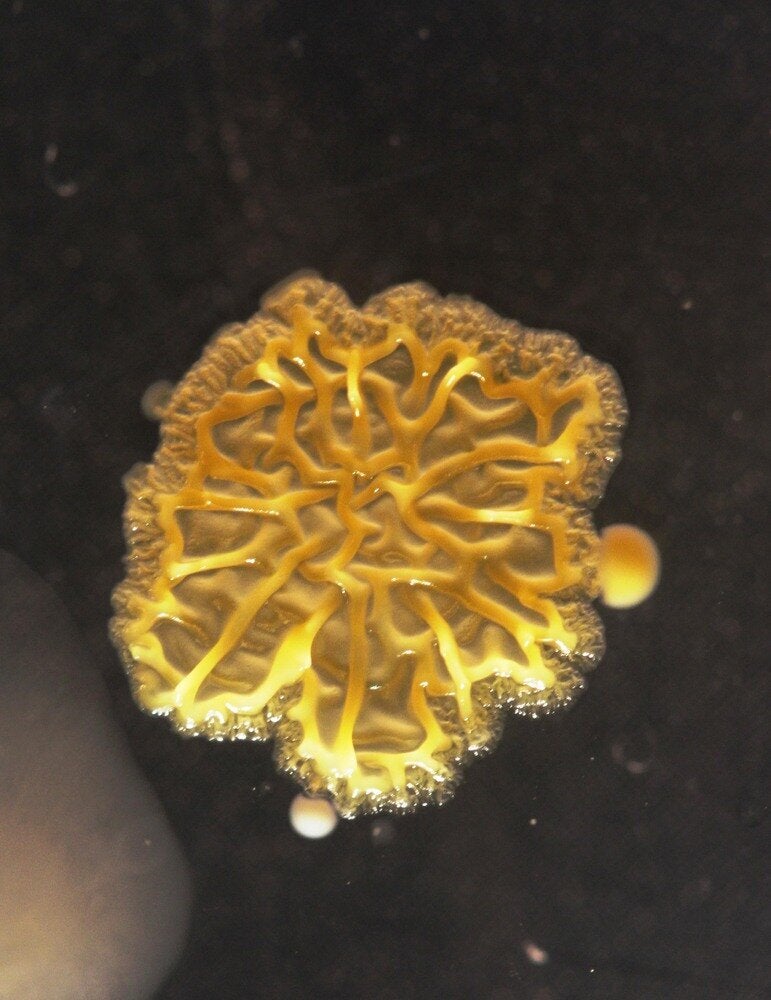Sure loofahs may look great in your shower (and make for a great DIY Halloween costume) but it turns out those exfoliating sponges aren't getting you clean ... in fact, they're doing the opposite.
According to a 1994 study published in the Journal Of Clinical Microbiology, loofah sponges made from a tropical species of cucumber fiber are breeding grounds for bacteria and are susceptible to mold and yeast growth. And the same thing goes for the plastic poufs, too. Ew.
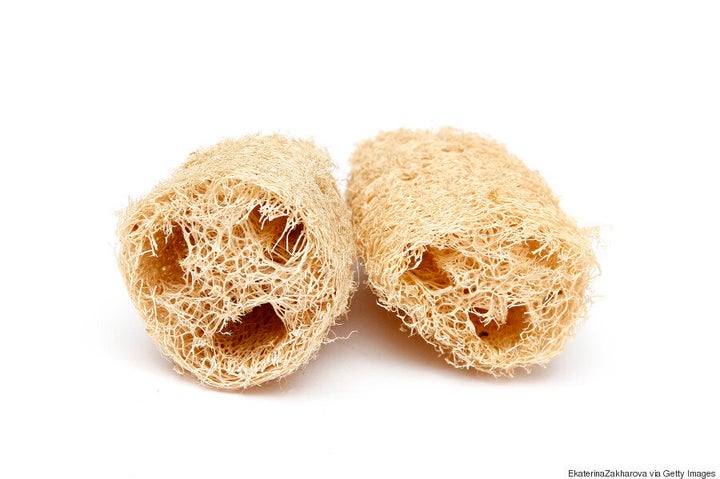
"These sponges have gained immense popularity as exfoliative beauty aids designed to invigorate the human skin," the study's writers say. "As a natural product, however, loofah sponges play host to a variety of bacterial species."
Basically, when you scrub your skin with the loofah, dead skin cells get caught in the netting.
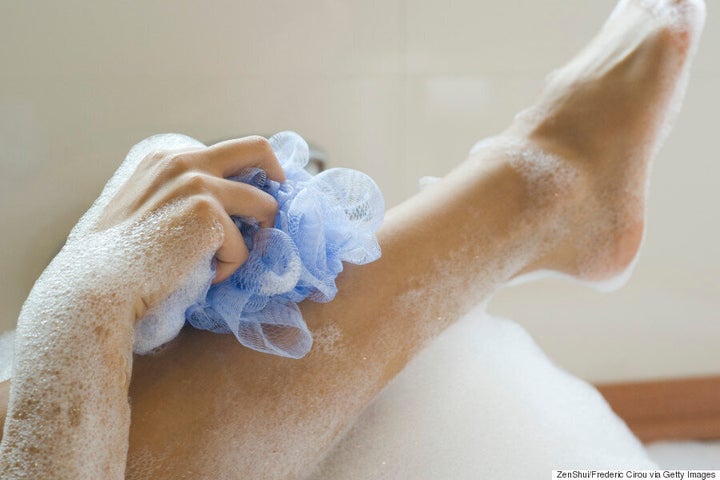
"Then, you put them in this environment in the shower that’s warm and moist and gross, and it’s a set up for bacteria, yeast, and mold to grow in the loofah," J. Matthew Knight, M.D., dermatologist with Knight Dermatology Institute, explains.
And Dr. Jessica Krant, M.D., board-certified New York City dermatologist and founder of Art of Dermatology LLC, tells HuffPost that spreading this bacteria on your body can lead to a staph infection, especially if you use it over any wounds or scabs. Same goes for shaving nicks, according to Knight.
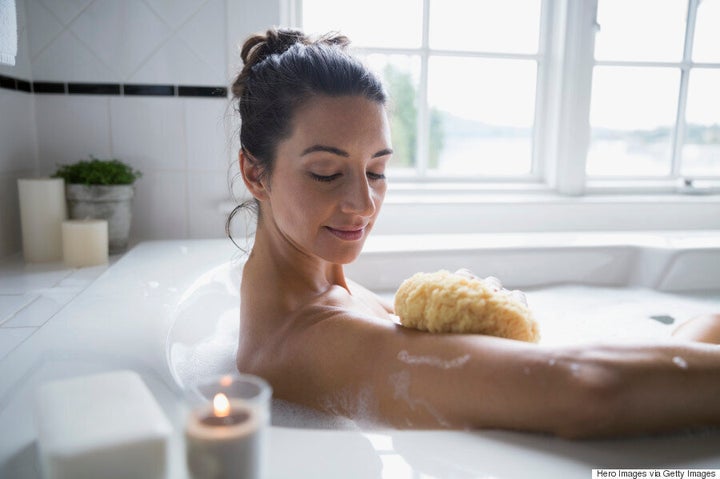
If you still can't part from your beloved loofah even after reading this, there are a few steps you can take to keep things clean. Dermatologists recommend replacing the loofah every three weeks, especially if it develops an odour or changes colour. If you're using a plastic version, you should replace it after two months.
Dr. Krant also says it's important to keep your loofah dry and out of the shower to prevent the organisms from growing.
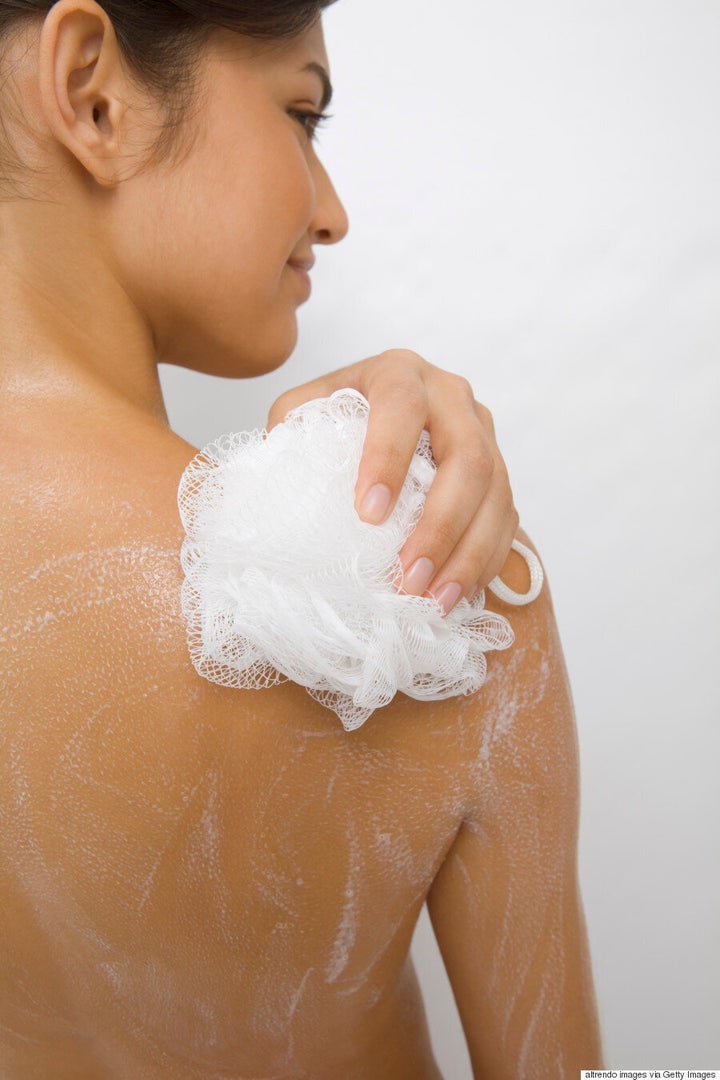
Finally, make sure to clean your loofah, either by occasionally microwaving it for 20 seconds while damp (so long as it's not a plastic loofah) or soaking it in a solution of five per cent bleach.
We personally will just stick to using our good old hands.
Also on HuffPost
